Singapore at 60: Lee Kuan Yew’s hidden sculpture and other artworks to know
A private exhibition unpacks the country’s history through nearly 100 provocative works of art

[SINGAPORE] Lee Kuan Yew. S Rajaratnam. David Marshall. Goh Keng Swee. These are among Singapore’s most influential political figures, forefathers whose decisions shaped the country’s early years. Their portraits are set to be showcased – not in a government building or national museum – but in a privately curated exhibition titled Artist’s Proof: Singapore At 60 (AP60).
The art exhibition marks Singapore’s 60th year of independence, but it does not offer a straightforward celebration. Instead, it presents a layered, sometimes uncomfortable, and deeply personal look at nation-building through the eyes of many artists, and the collection of one man.
That man is Chong Huai Seng, a businessman and long-time art collector. Born in 1951, Chong is part of the Merdeka generation – the children of independence – whose lives mirror the arc of the nation, from seaside villages to towering city-state. His exhibition, staged with his daughter Ning Chong under their platform The Culture Story, is a kind of private response to a public milestone.
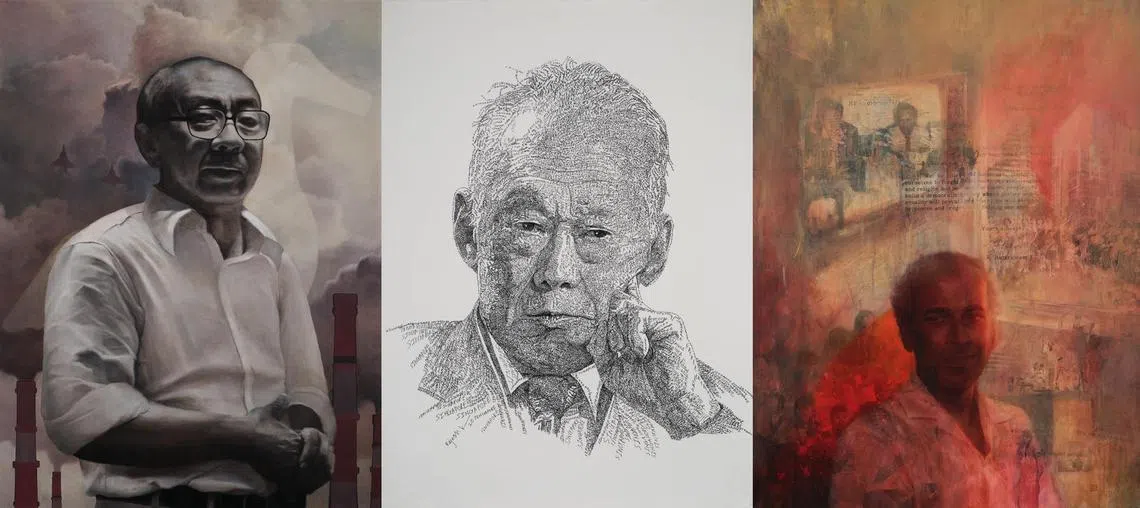
“This is an exceptionally significant and meaningful opportunity for me as someone who loves art and loves Singapore,” Chong says. “Growing up alongside Singapore, I see parallels between my life and the country’s progress, and this was my way to pay tribute to Singapore’s nation-building legacy and honour our founding fathers.”
At AP60, the public will be able to see a long-hidden, historically sensitive sculpture: a bronze bust of Lee created by British artist Sydney Harpley in 1982. Harpley is better known for romantic figurative sculptures like Girl On A Swing in the Singapore Botanic Gardens. But he was persuaded by Marshall and Rajaratnam to sculpt Singapore’s first prime minister – despite Lee’s well-known resistance to being memorialised in art. The bust was briefly displayed at the Istana and Parliament House before it was withdrawn from view.
In 2014, Chong acquired the artist’s proof from a London gallery. (An artist’s proof is the preliminary version that an artist makes before the final edition.) Chong kept it in private, waiting for the “right moment” to unveil it. Now, with Singapore turning 60 and a decade since Lee’s death, that moment has arrived. “It has been a 10-year wait, and I am pleased to finally be able to present it at the exhibition,” he said.
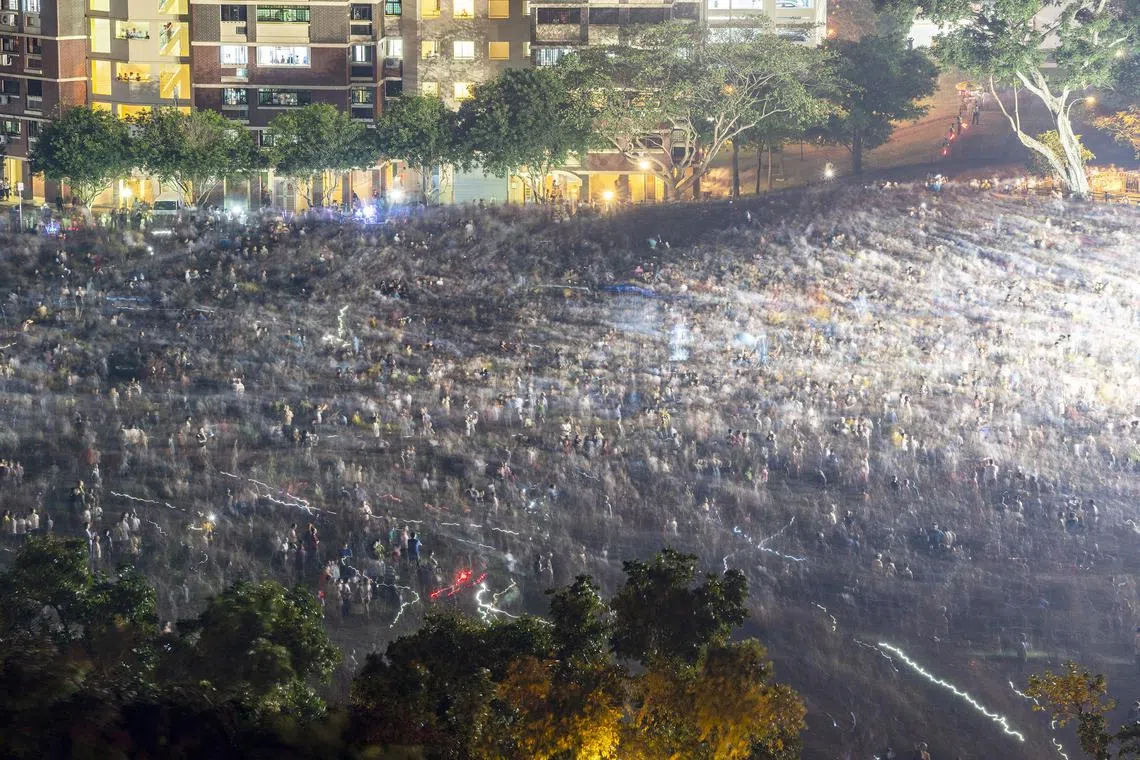
Between the lines of history
Still, AP60 is far more than just a tribute to Singapore’s founding statesmen. Staged in a former warehouse in Tanjong Pagar, the exhibition brings together more than 90 artworks by over 50 artists, including 11 newly commissioned pieces. The works span a wide emotional register – from the quietly nostalgic to the openly confrontational.
There is Siew Hock Meng’s delicate watercolour of the Singapore River, and Darren Soh’s sweeping photograph of the dispersing crowd at the Workers’ Party rally in Hougang in 2015. There is a massive 4.28 m painting of samsui women painted by Wong Keen, while Khairulddin Wahab reclaims historical silence with a striking portrait of Ali, the important but long-overlooked Malay assistant to British naturalist Alfred Wallace.
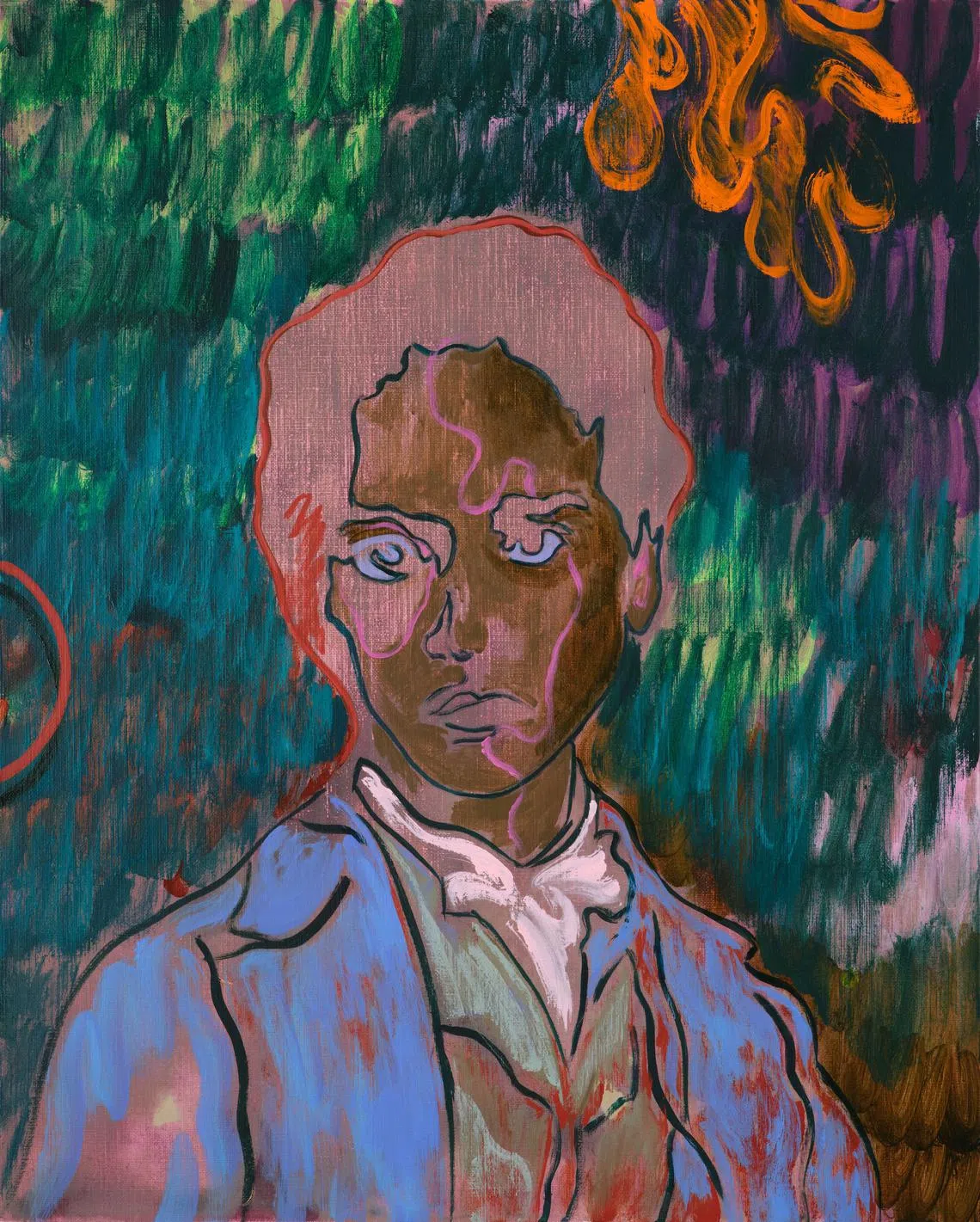
Ming Wong has a photomontage imagining Singapore’s postcolonial future through a surreal 1950s sci-fi lens, while Suzann Victor paints the often-neglected narratives of migrants who shape the cities of South-east Asia. Intriguingly, Jon Chan presents two oil paintings of opposing offices: one belonging to PM Lee; the other to Chia Thye Poh, a former political detainee held for 23 years without trial. Their rooms, side by side, offer no easy answers – just tension and texture.
Chong said: “The curatorial intention behind the show was not about whether to be safe or provocative. It was about allowing the artworks to tell their stories, and encouraging visitors to find personal connections with the art and engage in healthy and critical discussions around our history.”
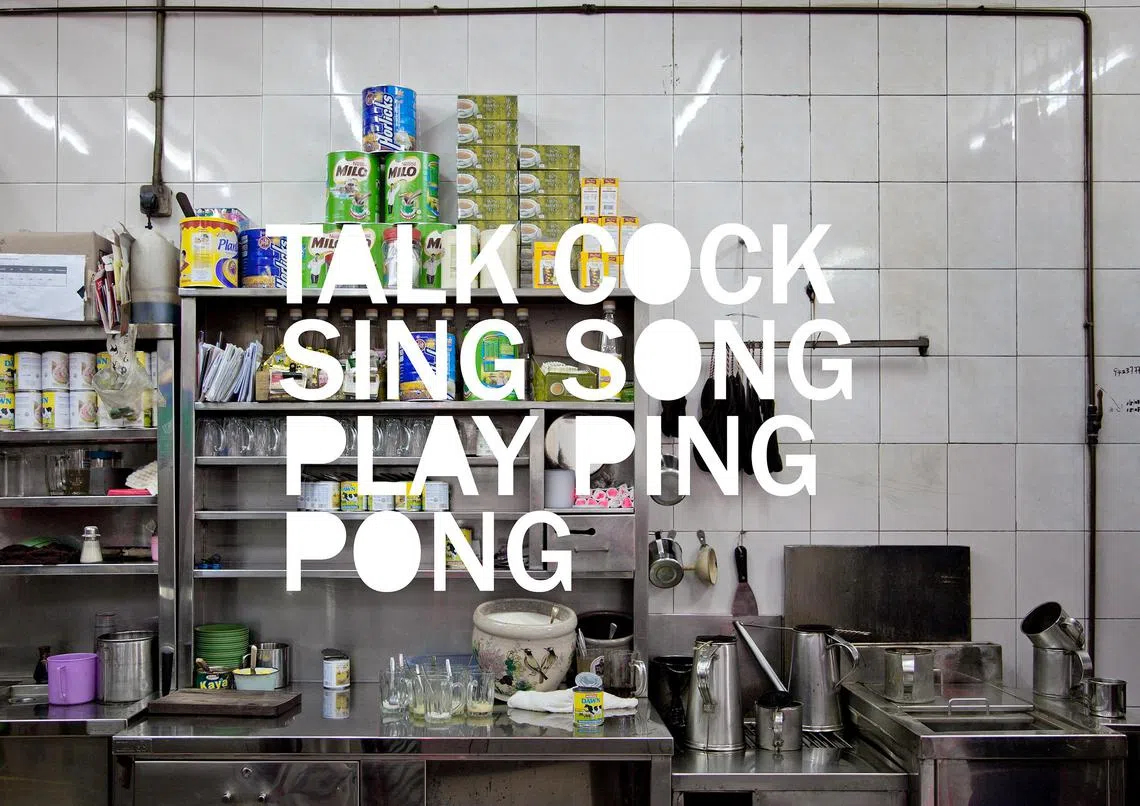
Not all the artworks are political. Many are also deeply personal. In one room, viewers encounter Portrait Of Mum And Gideon, a textured painting by Yeo Tze Yang depicting Chong’s late wife holding their grandson. Nearby hangs one of her favourite works – Fort Canning Park by Tay Boon Pin – infusing the exhibition with quiet familial intimacy.
Chong’s own journey is embedded throughout the show. There is a photograph of Selegie House, where he lived as a boy. There is a playful collage by Dawn Ng referencing kopi-shop talk with friends. There are paintings of the Singapore River alluding to his former office, the Economic Development Board in Fullerton Building (now Fullerton Hotel). His life story becomes a kind of counterpoint to the nation’s – the personal stitched into the public.
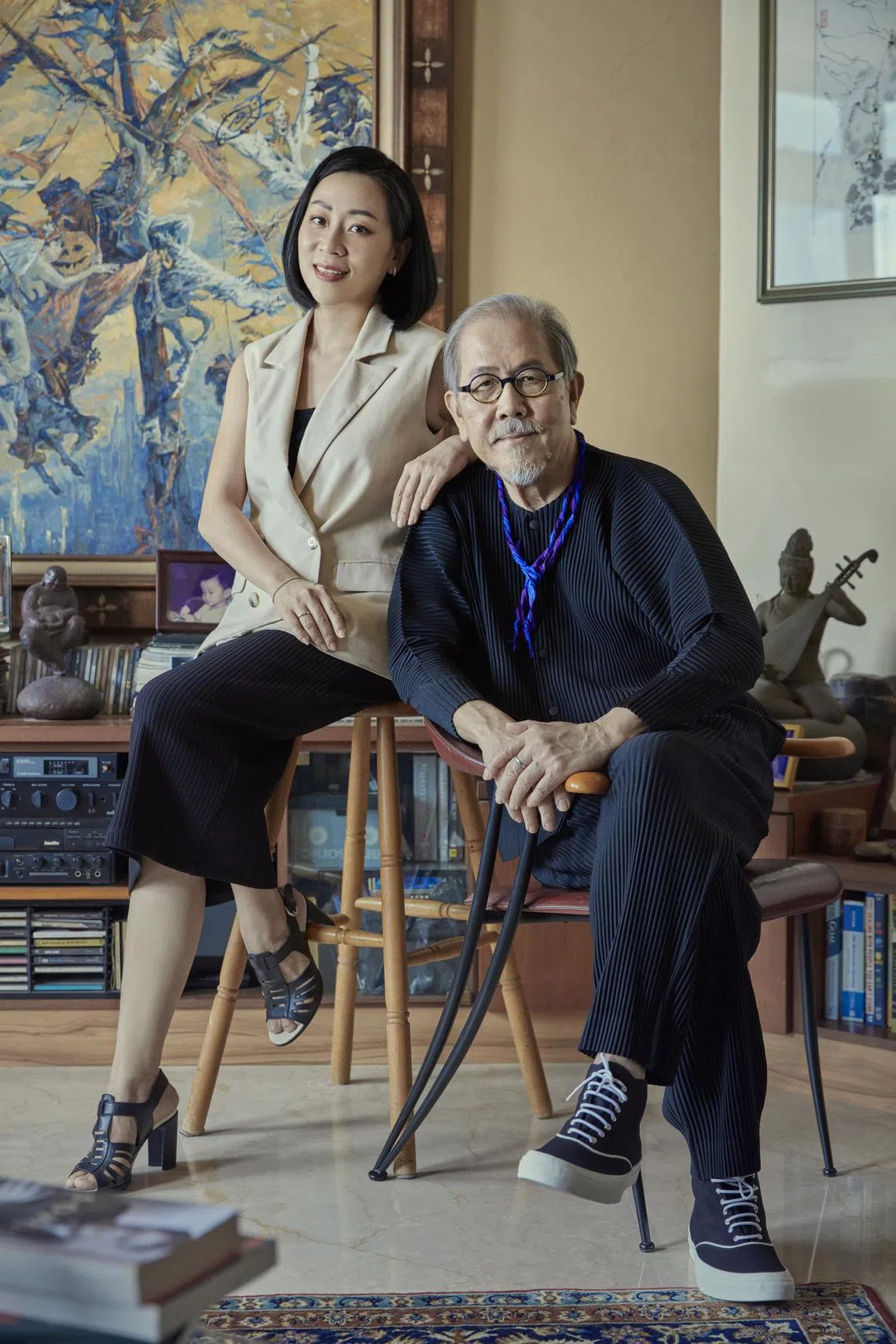
Drafting a nation
Chong and Ning, rather than simply showcasing existing works, also made the decision to support new artistic voices by commissioning 11 artists to produce original pieces. They range from Zulkhairi Zulkiflee’s multi-panelled work re-imagining Singapore’s everyday pavilion structures as evolving global monuments, to John Clang’s portrait of Singapore created through a ziwei doushu (a form of fortune-telling) chart, based on the date and time of its declaration of independence: Aug 9, 1965 at 10 am.
The title of the show, Artist’s Proof, is drawn from the language of print-making and refers to a trial version of a finalised work. But here, it becomes a metaphor. “To the artist, in a sense, an artwork is never done. Neither is Singapore,” writes the exhibition curator Kwok Kian Chow, formerly the director of Singapore Art Museum and National Gallery Singapore.
That framing is what allows AP60 to hold so much complexity. It is not a finished statement – it is a conversation starter. It does not insist on the last word – it invites many. Come Jul 13, when the exhibition opens at Artspace@Helutrans, some overdue conversations will hopefully begin.
Five highlights
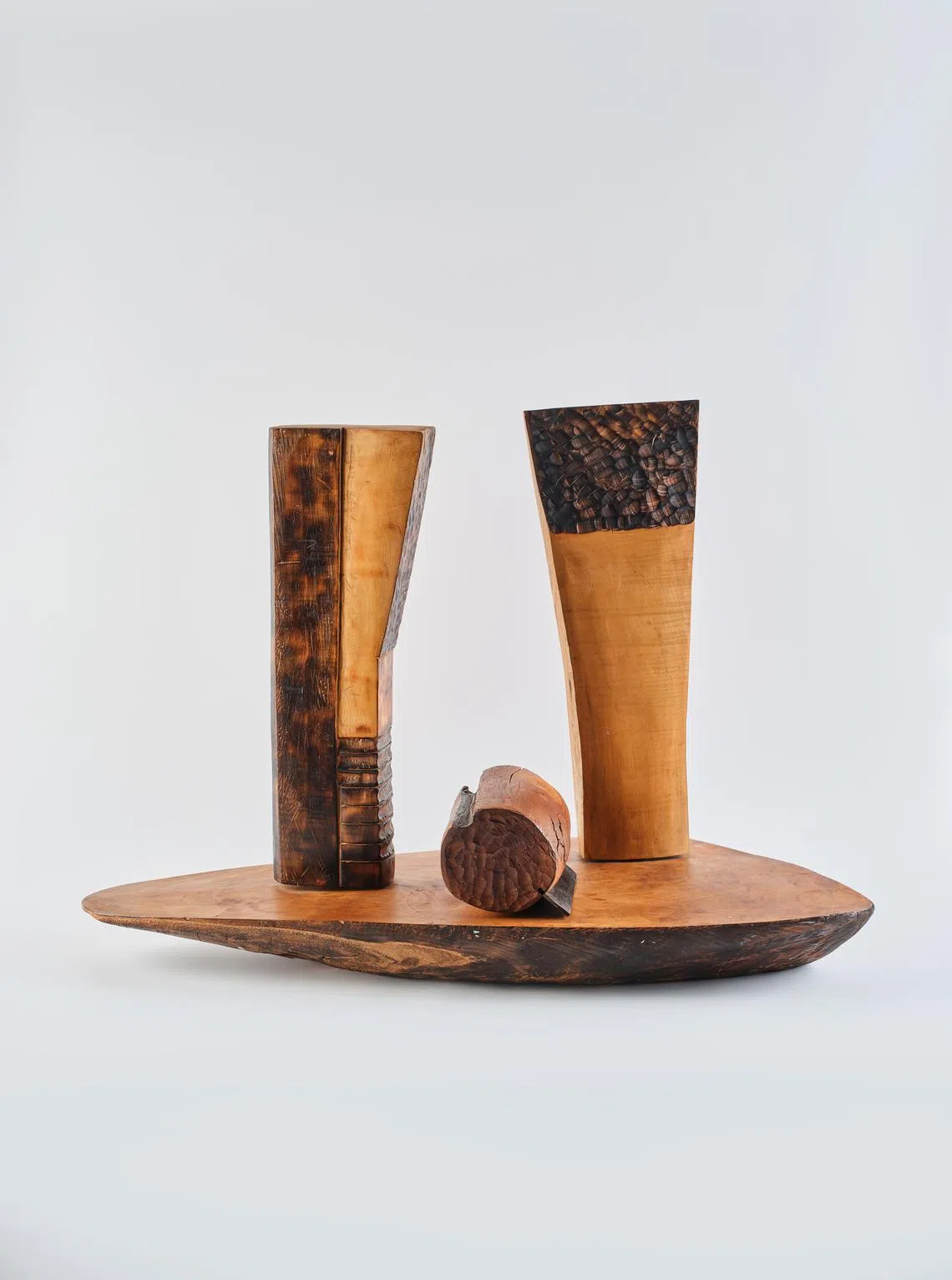
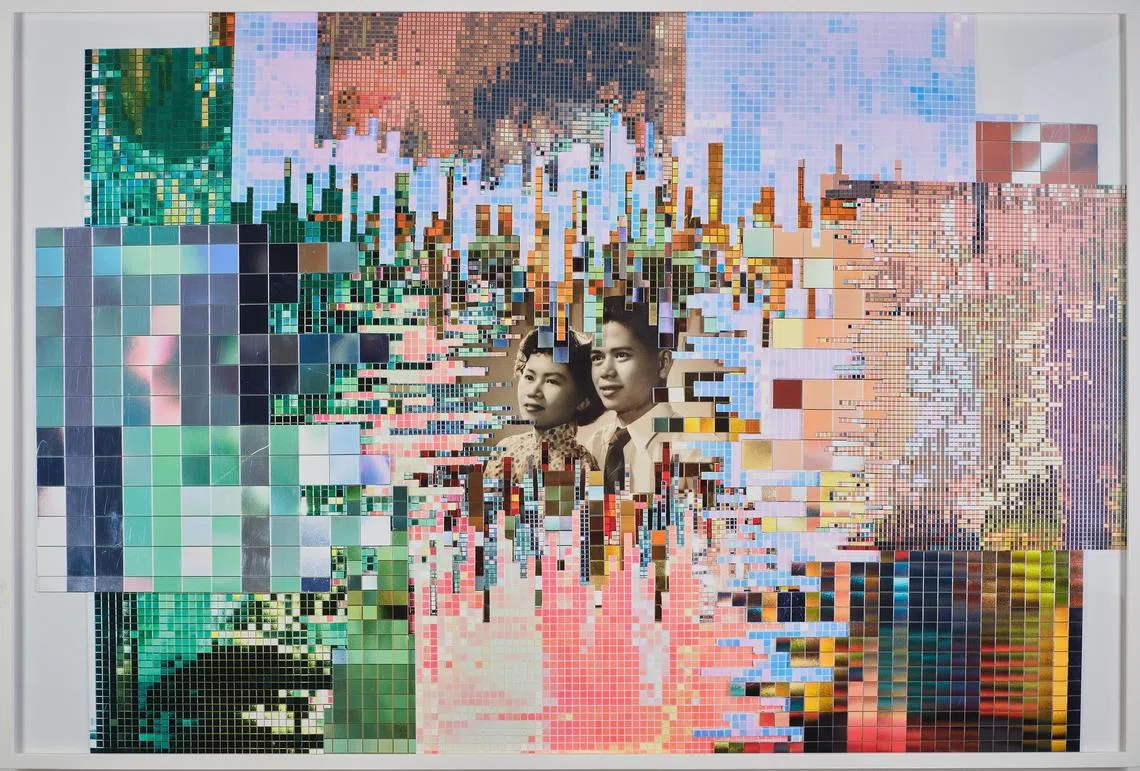
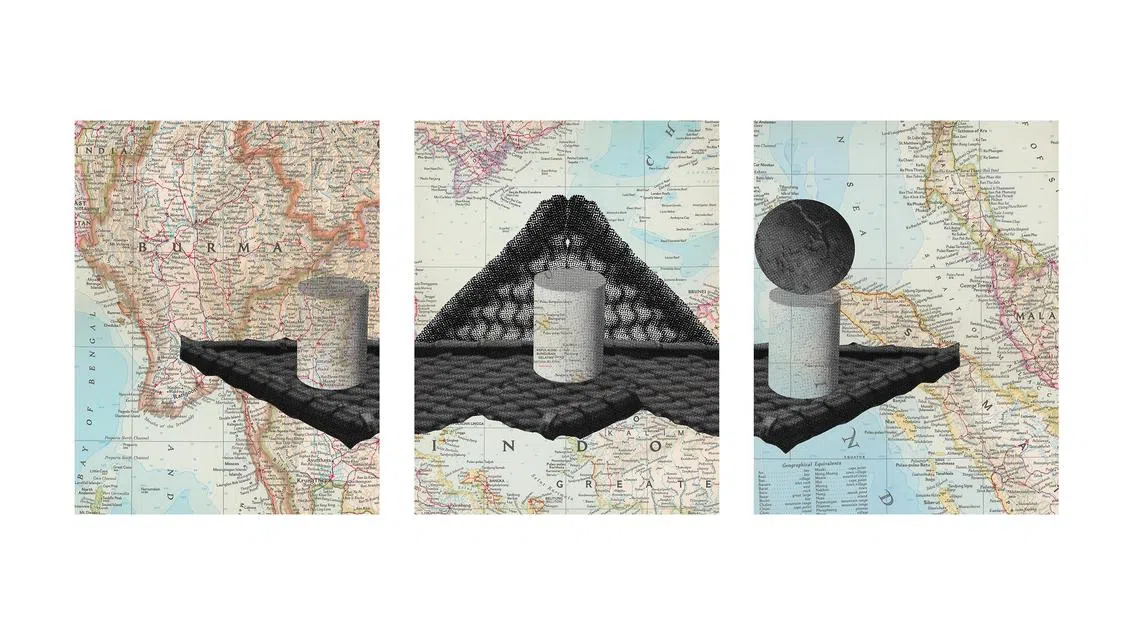
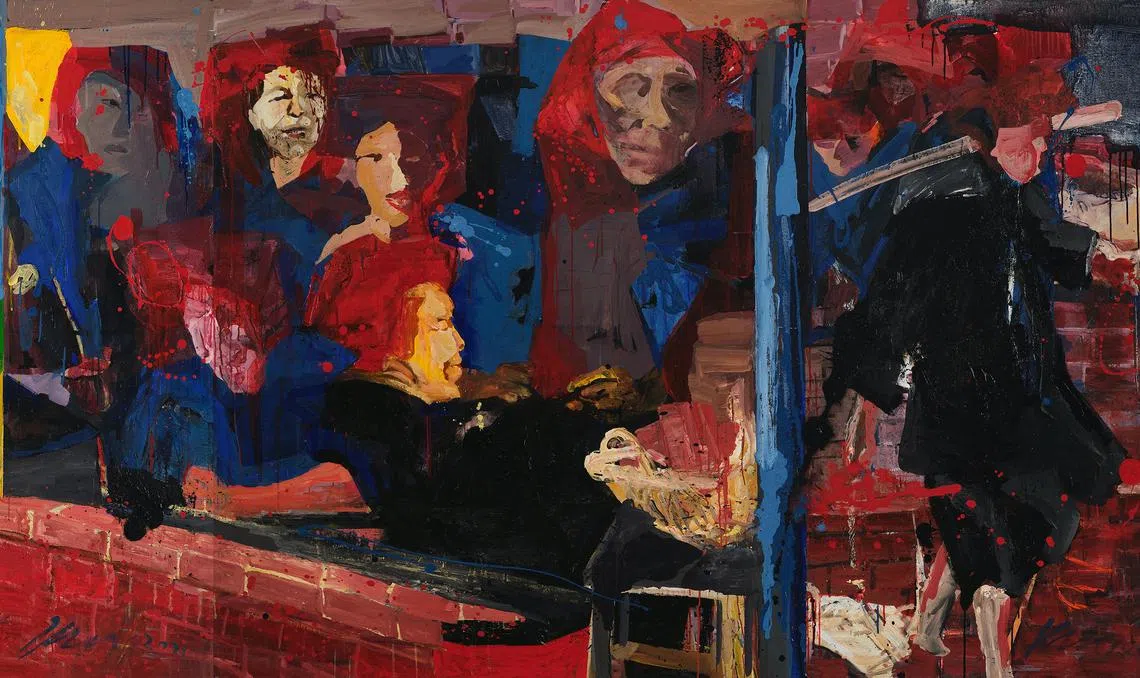
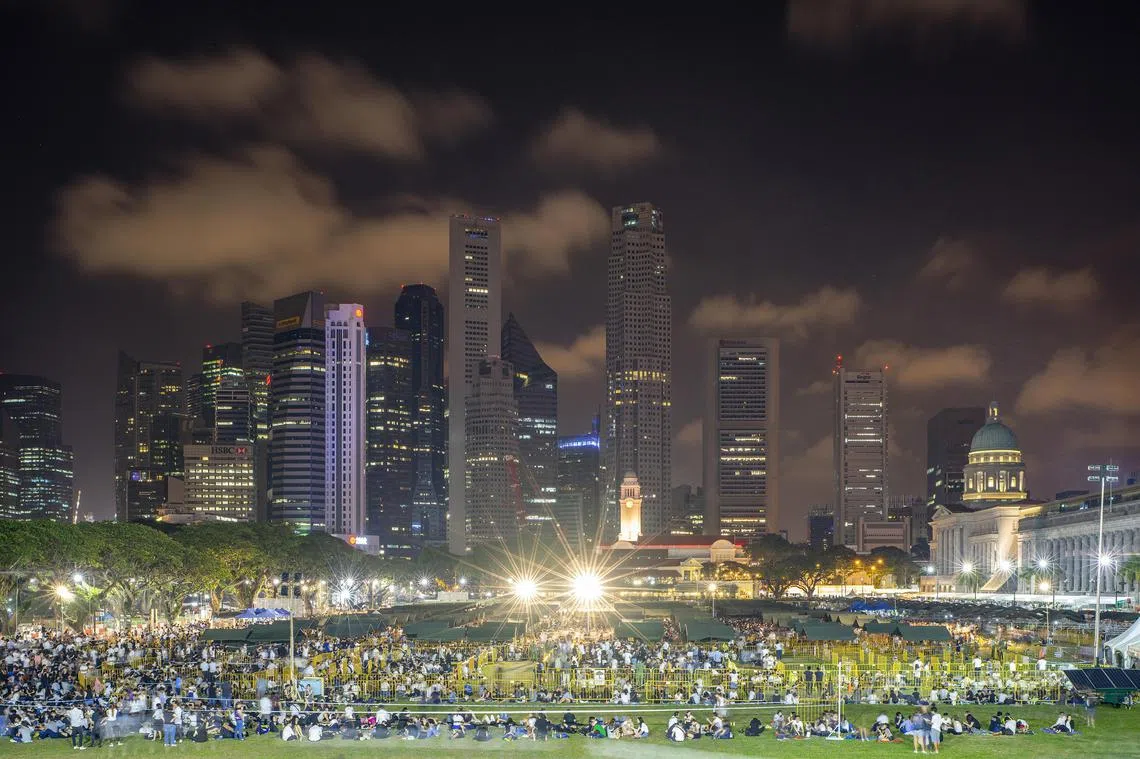
Decoding Asia newsletter: your guide to navigating Asia in a new global order. Sign up here to get Decoding Asia newsletter. Delivered to your inbox. Free.
Copyright SPH Media. All rights reserved.

